- Back to Home »
- Racist blamed for 22 killings executed
- NEW: Joseph Paul Franklin is executed after the Supreme Court declines to step in
- Two judges granted stays Tuesday
- He shot Hustler magazine publisher Larry Flynt
- He was executed for a 1977 killing outside a St. Louis synagogue
(CNN) -- White supremacist serial killer Joseph Paul Franklin was executed Wednesday morning after the U.S. Supreme Court rejected his final requests for a stay, the Missouri Department of Public Safety said.
The execution, which had been scheduled for shortly after midnight Wednesday, was delayed for hours because of court appeals. Franklin was administered a lethal injection at 6:07 a.m. CT (7:07 a.m. ET). He died ten minutes later.
Franklin refused his final meal and gave no final statement.
He was on death row for the 1977 murder of Gerald Gordon outside a synagogue in St. Louis. He was blamed for 22 killings between 1977 and 1980 in a bid to start a race war.
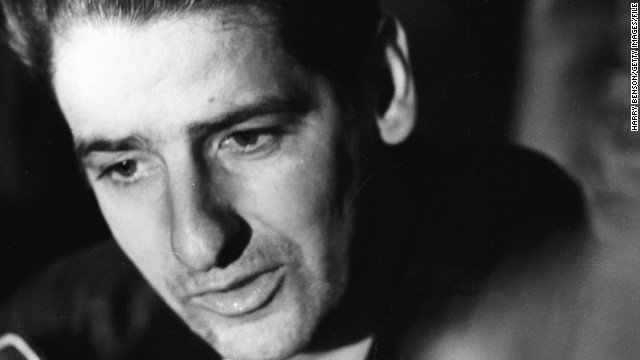 Authorities said DNA recovered from the body of Mary Sullivan matches that of her suspected killer -- the confessed Boston Strangler, Albert DeSalvo. After a sample was secretly collected from a relative, DeSalvo's body was exhumed in July for more DNA testing. DeSalvo was stabbed to death in 1973 while serving a prison sentence for rape. Click through to see more of history's infamous killers.
Authorities said DNA recovered from the body of Mary Sullivan matches that of her suspected killer -- the confessed Boston Strangler, Albert DeSalvo. After a sample was secretly collected from a relative, DeSalvo's body was exhumed in July for more DNA testing. DeSalvo was stabbed to death in 1973 while serving a prison sentence for rape. Click through to see more of history's infamous killers. 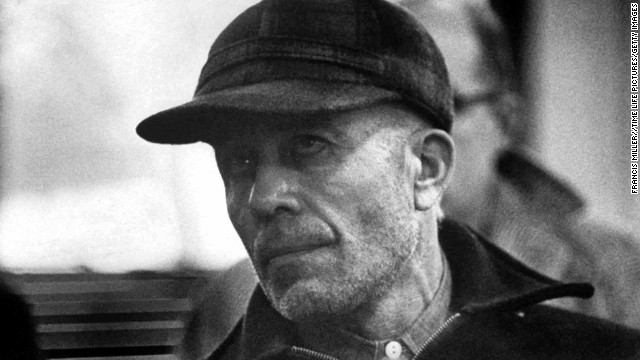 Ed Gein killed at least two women and dug up the corpses of several others from a local cemetery in Wisconsin, using their skin and body parts to make clothing and household objects in the 1950s.
Ed Gein killed at least two women and dug up the corpses of several others from a local cemetery in Wisconsin, using their skin and body parts to make clothing and household objects in the 1950s. 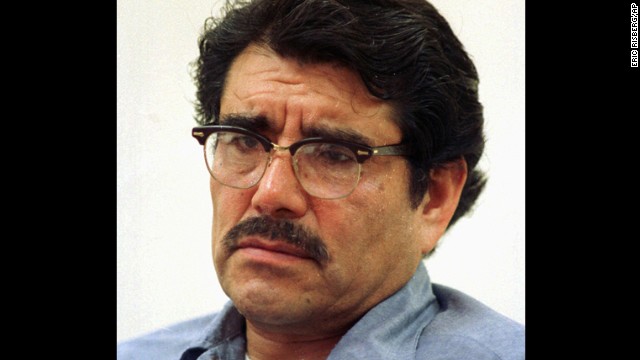 In 1973, Juan Corona, a California farm laborer, was sentenced to 25 consecutive life sentences for the murder of 25 people found hacked to death in shallow graves.
In 1973, Juan Corona, a California farm laborer, was sentenced to 25 consecutive life sentences for the murder of 25 people found hacked to death in shallow graves. 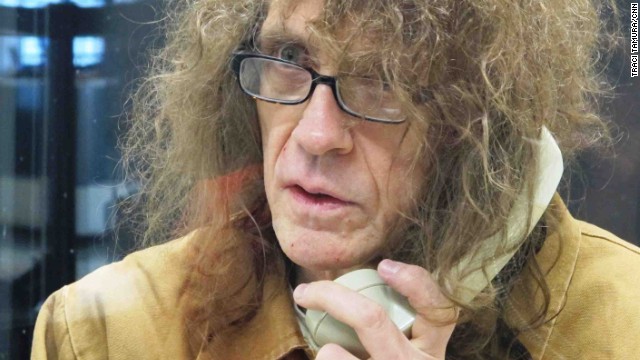 Joseph Paul Franklin was convicted in 1997 of murdering Gerald Gordon outside a St. Louis synagogue in 1977. Franklin was also convicted of at least five other murders, receiving a string of life sentences, but he has suggested he's responsible for 22 murders. He's best known for shooting Hustler publisher Larry Flynt, who was paralyzed from the attack. Franklin is scheduled to be executed November 20 for Gordon's murder.
Joseph Paul Franklin was convicted in 1997 of murdering Gerald Gordon outside a St. Louis synagogue in 1977. Franklin was also convicted of at least five other murders, receiving a string of life sentences, but he has suggested he's responsible for 22 murders. He's best known for shooting Hustler publisher Larry Flynt, who was paralyzed from the attack. Franklin is scheduled to be executed November 20 for Gordon's murder. 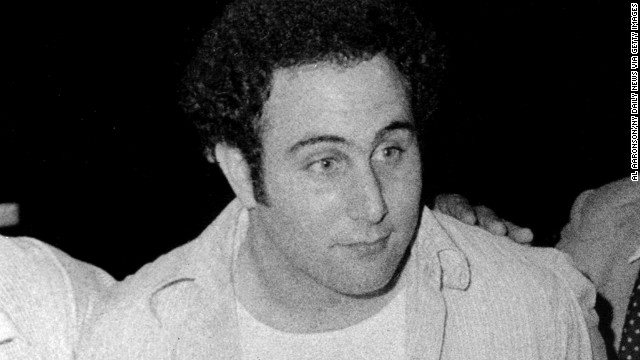 In 1977, David Berkowitz, also known as Son of Sam, confessed to the murders of six people in New York City. Berkowitz, now serving six consecutive 25-to-life sentences, claimed a demon spoke to him through a neighbor's dog.
In 1977, David Berkowitz, also known as Son of Sam, confessed to the murders of six people in New York City. Berkowitz, now serving six consecutive 25-to-life sentences, claimed a demon spoke to him through a neighbor's dog. 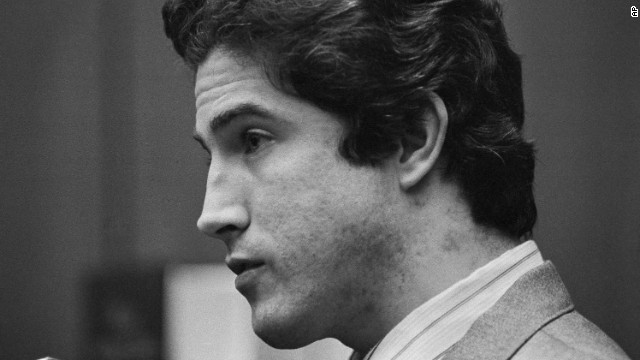 Cousins Kenneth Bianchi, seen here, and Angelo Buono were charged with the murders of nine women between 1977 and 1978. Also known as the Hillside Stranglers, the cousins sexually assaulted and sometimes tortured their victims, leaving their bodies on roadsides in the hills of southern California.
Cousins Kenneth Bianchi, seen here, and Angelo Buono were charged with the murders of nine women between 1977 and 1978. Also known as the Hillside Stranglers, the cousins sexually assaulted and sometimes tortured their victims, leaving their bodies on roadsides in the hills of southern California. 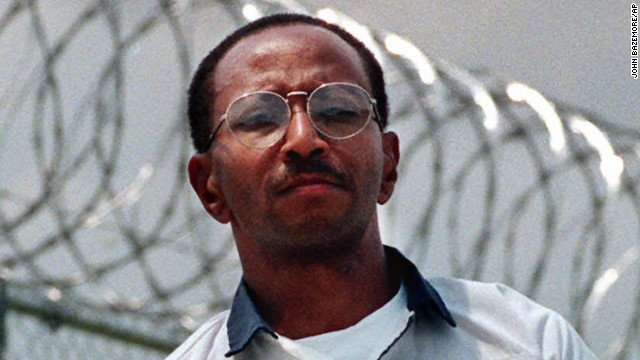 Wayne Williams killed at least two men between 1979 and 1981, and police believed he might have been responsible for more than 20 other deaths in the Atlanta area. Williams was convicted and sentenced to two life terms in 1982.
Wayne Williams killed at least two men between 1979 and 1981, and police believed he might have been responsible for more than 20 other deaths in the Atlanta area. Williams was convicted and sentenced to two life terms in 1982. 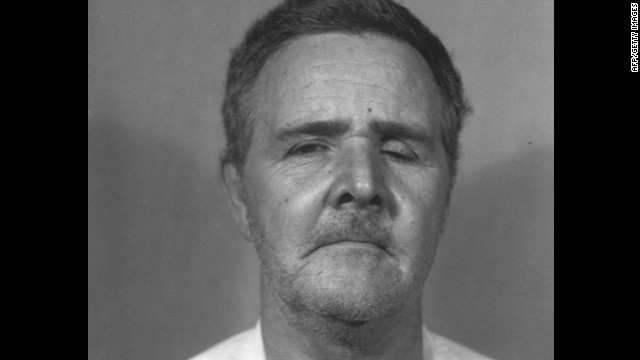 After serving 15 years for murdering his mother, Henry Lee Lucas was convicted in 1985 for nine more murders. Lucas was the only inmate ever spared from execution by then-Texas Gov. George W. Bush.
After serving 15 years for murdering his mother, Henry Lee Lucas was convicted in 1985 for nine more murders. Lucas was the only inmate ever spared from execution by then-Texas Gov. George W. Bush. 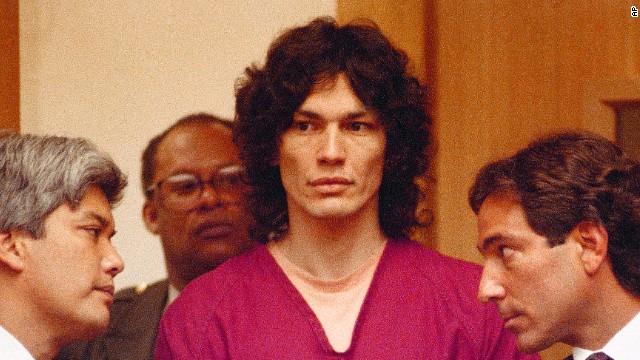 Richard Ramirez, also known as the Night Stalker, was convicted of 13 murders and sentenced to death in California in 1989. The self-proclaimed devil worshipper found his victims in quiet neighborhoods and entered their homes through unlocked windows and doors.
Richard Ramirez, also known as the Night Stalker, was convicted of 13 murders and sentenced to death in California in 1989. The self-proclaimed devil worshipper found his victims in quiet neighborhoods and entered their homes through unlocked windows and doors. 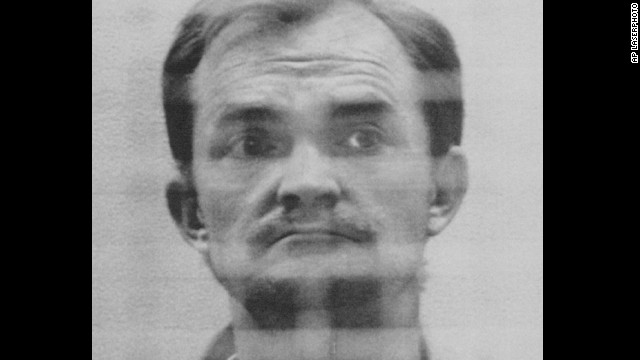 During a routine traffic stop, a policeman found a dead U.S. Marine in the front seat of a car driven by Randy Steven Kraft. Kraft was linked to 45 murders and sentenced to death in 1989. He would pick up hitchhikers, give them drugs and alcohol, sexually assault them and then mutilate and strangle them.
During a routine traffic stop, a policeman found a dead U.S. Marine in the front seat of a car driven by Randy Steven Kraft. Kraft was linked to 45 murders and sentenced to death in 1989. He would pick up hitchhikers, give them drugs and alcohol, sexually assault them and then mutilate and strangle them. 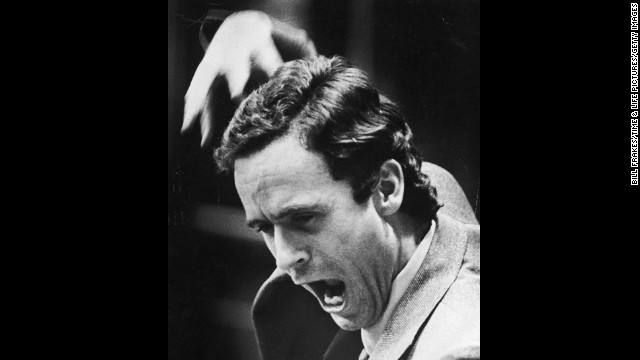 Ted Bundy raped and killed at least 16 young women in the early to mid-1970s before he was executed in 1989. A crowd of several hundred gathered outside the prison where he was executed, and they cheered at the news of his death.
Ted Bundy raped and killed at least 16 young women in the early to mid-1970s before he was executed in 1989. A crowd of several hundred gathered outside the prison where he was executed, and they cheered at the news of his death. 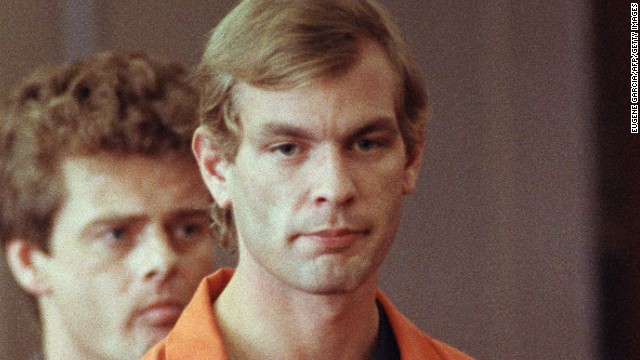 Jeffery Dahmer was sentenced to 15 consecutive life terms for the murders of 17 men and boys in the Milwaukee area between 1978 and 1991. Dahmer had sex with the corpses of his victims and kept the body parts of others, some of which he ate. Dahmer and another prison inmate were beaten to death during a work detail in November 1994.
Jeffery Dahmer was sentenced to 15 consecutive life terms for the murders of 17 men and boys in the Milwaukee area between 1978 and 1991. Dahmer had sex with the corpses of his victims and kept the body parts of others, some of which he ate. Dahmer and another prison inmate were beaten to death during a work detail in November 1994. 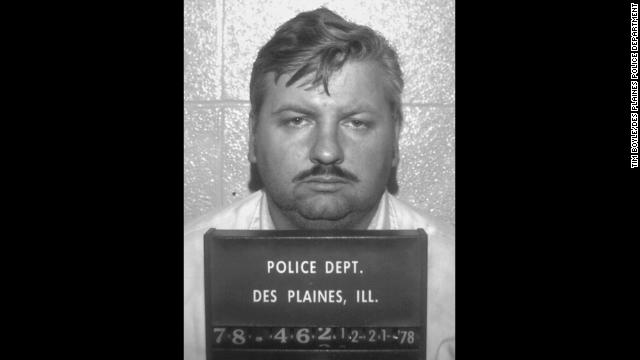 John Wayne Gacy killed 33 men and boys between 1972 and 1978. Many of his victims, mostly drifters or runaways, were buried in a crawl space beneath his suburban Chicago home.
John Wayne Gacy killed 33 men and boys between 1972 and 1978. Many of his victims, mostly drifters or runaways, were buried in a crawl space beneath his suburban Chicago home.  Joel David Rifkin was stopped by police for driving without a license plate when a body was found in his pickup truck. Rifkin killed 17 women in New York City between 1991 and 1993 and was sentenced to life in prison.
Joel David Rifkin was stopped by police for driving without a license plate when a body was found in his pickup truck. Rifkin killed 17 women in New York City between 1991 and 1993 and was sentenced to life in prison.  Charles Ng, seen here, and accomplice Leonard Lake tortured, killed and buried 11 people in northern California between 1984 and 1985. After the men were arrested for shoplifting, police found bullets and a silencer in their car and took them into the police station for questioning. Lake killed himself there with a cyanide pill. Ng was later sentenced to death.
Charles Ng, seen here, and accomplice Leonard Lake tortured, killed and buried 11 people in northern California between 1984 and 1985. After the men were arrested for shoplifting, police found bullets and a silencer in their car and took them into the police station for questioning. Lake killed himself there with a cyanide pill. Ng was later sentenced to death. 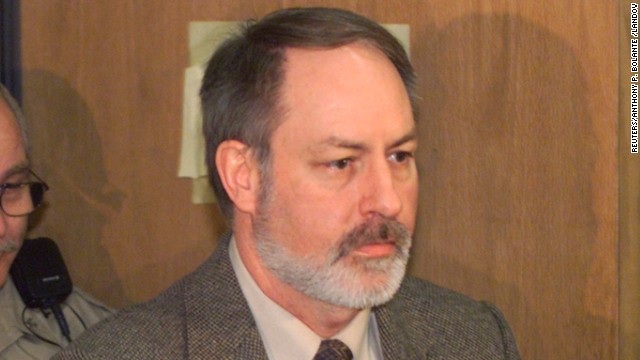 Robert Lee Yates Jr. killed 15 people, most of them between 1996 and 1998. He buried one of them in a flower bed by his house in the Spokane, Washington, area. Most of his victims were prostitutes or drug addicts he killed in his van. He is on Washington's death row.
Robert Lee Yates Jr. killed 15 people, most of them between 1996 and 1998. He buried one of them in a flower bed by his house in the Spokane, Washington, area. Most of his victims were prostitutes or drug addicts he killed in his van. He is on Washington's death row.  Gary Leon Ridgway, also known as the Green River Killer, confessed to 48 killings after his DNA was linked to a few of his victims. Remains of his victims, mostly runaways and prostitutes, turned up in ravines, rivers, airports and freeways in the Pacific Northwest.
Gary Leon Ridgway, also known as the Green River Killer, confessed to 48 killings after his DNA was linked to a few of his victims. Remains of his victims, mostly runaways and prostitutes, turned up in ravines, rivers, airports and freeways in the Pacific Northwest.  Aileen Wuornos was executed in Florida in 2002 for the murders of seven men whom she had lured by posing as a prostitute or a distressed traveler.
Aileen Wuornos was executed in Florida in 2002 for the murders of seven men whom she had lured by posing as a prostitute or a distressed traveler.  Derrick Todd Lee was accused of raping and killing six women in Baton Rouge, Louisiana, between 2001 and 2003. He was arrested in Atlanta for the murder of Charlotte Murray Pace, convicted in 2004 and sentenced to death.
Derrick Todd Lee was accused of raping and killing six women in Baton Rouge, Louisiana, between 2001 and 2003. He was arrested in Atlanta for the murder of Charlotte Murray Pace, convicted in 2004 and sentenced to death. 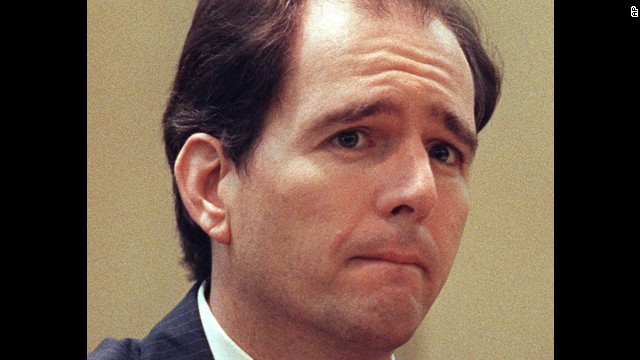 Danny Rolling pleaded guilty to the 1990 murders of five students he raped, tortured and mutilated in Gainesville, Florida. Rolling was also responsible for a separate 1991 triple homicide in Shreveport, Louisiana, and he was executed in 2006.
Danny Rolling pleaded guilty to the 1990 murders of five students he raped, tortured and mutilated in Gainesville, Florida. Rolling was also responsible for a separate 1991 triple homicide in Shreveport, Louisiana, and he was executed in 2006. 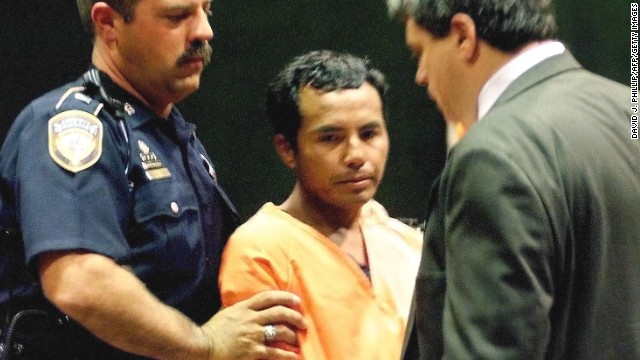 Angel Maturino Resendez, also known as the Railway Killer, was a drifter from Mexico. During the 1990s, he would rob and kill his victims near railroad tracks on both sides of the border, then hop rail cars to escape. Resendez was executed in 2006.
Angel Maturino Resendez, also known as the Railway Killer, was a drifter from Mexico. During the 1990s, he would rob and kill his victims near railroad tracks on both sides of the border, then hop rail cars to escape. Resendez was executed in 2006.  Pig farmer Robert Pickton was charged with 26 counts of murder after police found the bodies of young women on his farm in Port Coquitman, British Columbia, Canada. He was convicted of six murders in 2007, and he is serving a life sentence.
Pig farmer Robert Pickton was charged with 26 counts of murder after police found the bodies of young women on his farm in Port Coquitman, British Columbia, Canada. He was convicted of six murders in 2007, and he is serving a life sentence. 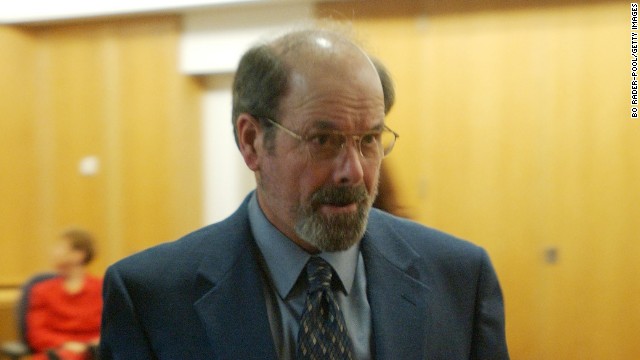 The BTK Strangler, Dennis Rader, killed 10 people between 1977 and 1991 in the Wichita, Kansas, area. He was convicted to 10 consecutive life terms in 2005. Rader named himself BTK, short for "bind, torture, kill."
The BTK Strangler, Dennis Rader, killed 10 people between 1977 and 1991 in the Wichita, Kansas, area. He was convicted to 10 consecutive life terms in 2005. Rader named himself BTK, short for "bind, torture, kill." 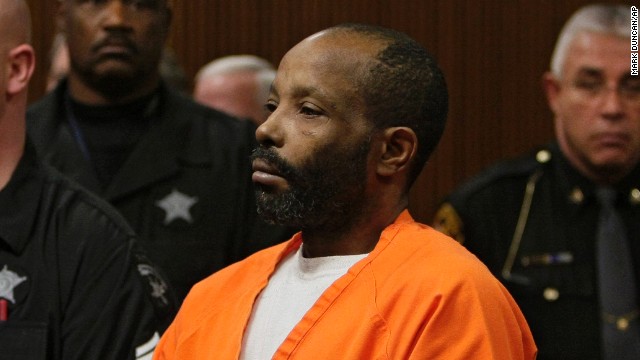 Police found the decomposing and buried bodies of 10 women, and the skull of another woman, at the Cleveland home of ex-Marine Anthony Sowell. Sowell was convicted and given the death penalty in 2011.
Police found the decomposing and buried bodies of 10 women, and the skull of another woman, at the Cleveland home of ex-Marine Anthony Sowell. Sowell was convicted and given the death penalty in 2011. 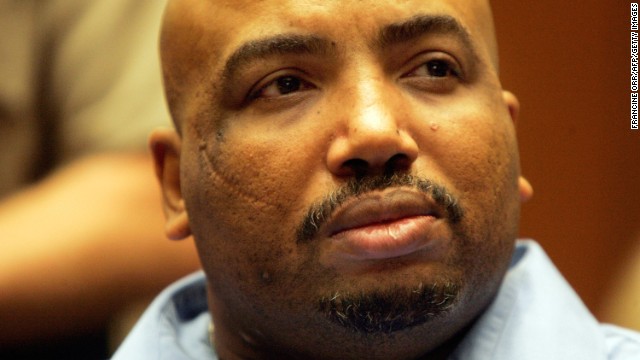 Chester Dewayne Turner was charged with murdering 10 women and one unborn fetus in the Los Angeles area between 1987 and 1998. In 2007, Turner was sentenced to death for the murders and charged with four more murders in 2011.
Chester Dewayne Turner was charged with murdering 10 women and one unborn fetus in the Los Angeles area between 1987 and 1998. In 2007, Turner was sentenced to death for the murders and charged with four more murders in 2011. 
1

2

3

4

5

6

7

8

9

10

11

12

13

14

15

16

17

18

19

20

21

22

23

24

25
 Photos: Infamous serial killers
Photos: Infamous serial killers  1981: How they caught Joseph Franklin
1981: How they caught Joseph Franklin Missouri Gov. Jay Nixon denied clemency for Franklin on Monday, saying he had committed "merciless acts of violence, fueled by hate."
In addition to the killings, Franklin admitted to the attempted assassinations of Hustler magazine publisher Larry Flynt in 1978 and civil rights leader Vernon Jordan in 1980. Flynt, who was paralyzed by Franklin's bullet, has called for clemency for Franklin, saying "the government has no business at all being in the business of killing people."
Battle over drugs used
One of Franklin's final legal maneuvers focused on the drug used for the lethal injection, pentobarbital. His attorneys argued that the injection would violate the Constitution's ban on cruel and unusual punishment.
On Tuesday, U.S. District Judge Nanette Laughrey granted a stay of execution, finding Franklin's lawyers showed the use of pentobarbital carried "a high risk of contamination and prolonged, unnecessary pain beyond that which is required to achieve death."
An intimate discussion with a serial killer
"Given the irreversible nature of the death penalty and plaintiffs' medical evidence and allegations, a stay is necessary to ensure that the defendants' last act against Franklin is not permanent, irremediable cruel and unusual punishment in violation of the Eighth Amendment," Laughrey wrote.
Another federal judge granted a second stay Tuesday, based on a separate defense petition contesting Franklin's competency.
"The Court concludes that a stay of execution is required to permit a meaningful review," U.S. District Judge Carol Jackson wrote.
The state appealed both stays to the 8th U.S. Circuit Court of Appeals, which decided early Wednesday that Franklin's lawyers had not provided enough evidence to warrant a stay.
The U.S. Supreme Court denied Franklin's requests to step in and halt the execution.
Missouri had planned to use propofol, the surgical anesthetic made infamous by the death of pop star Michael Jackson. But Nixon reversed that decision after being warned that the European Union -- whose members forbid capital punishment -- might halt shipments of the drug, leading to shortages for medical purposes.
Missouri and other states that conduct executions have had to scramble for new drugs after European-based manufacturers banned American prisons from using their drugs in executions.
In October, the state announced it would use pentobarbital, which would be provided by an unnamed compounding pharmacy. Franklin's lawyers argued that would raise the risk of contamination and a painful death.
CNN's Dana Ford and Josh Levs contributed to this report.







